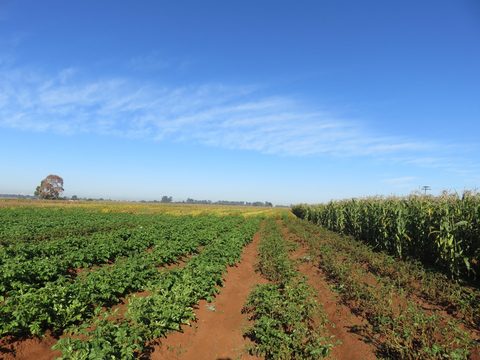Palmer amaranth and resistance: an evil duo that can be beaten
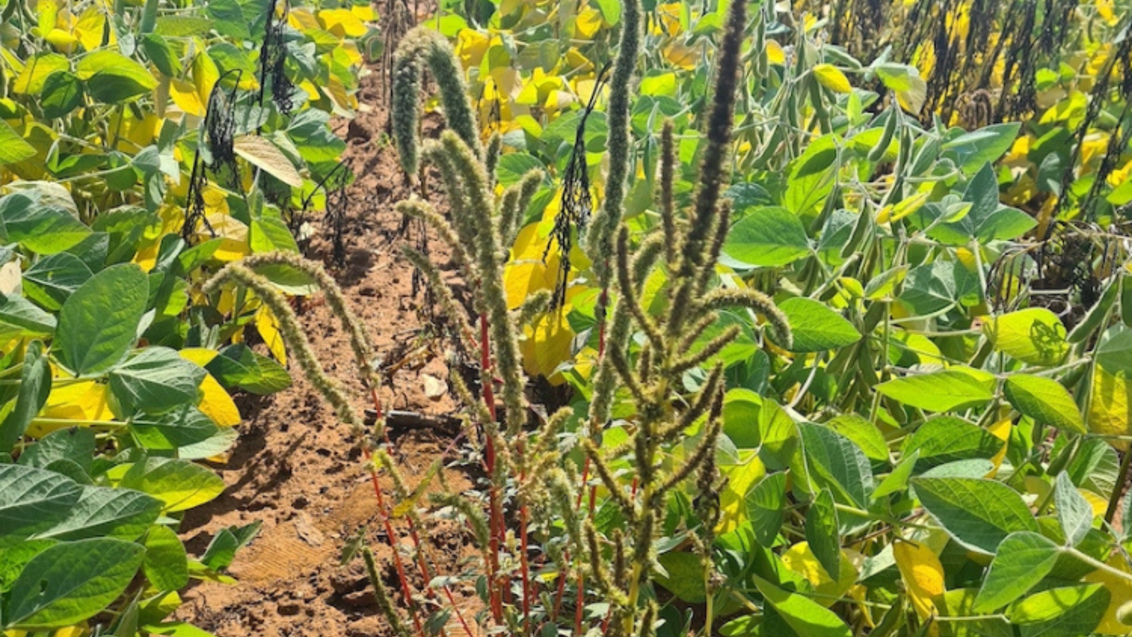
An American variant of the well-known pigweed can severely impact local food production. However, Ingrid Boshoff, technical lead: herbicides at Syngenta South Africa, explains how this weed can be successfully controlled and eradicated when early, quick and effective action is taken.
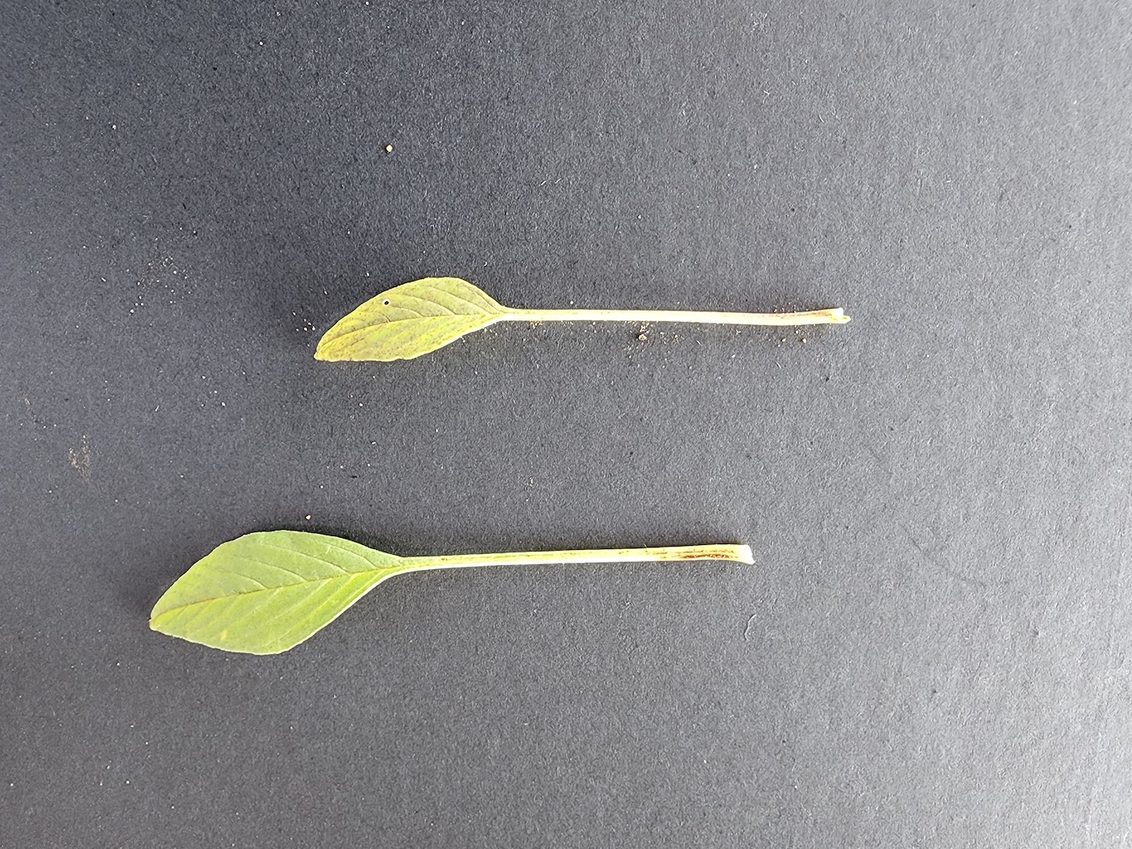
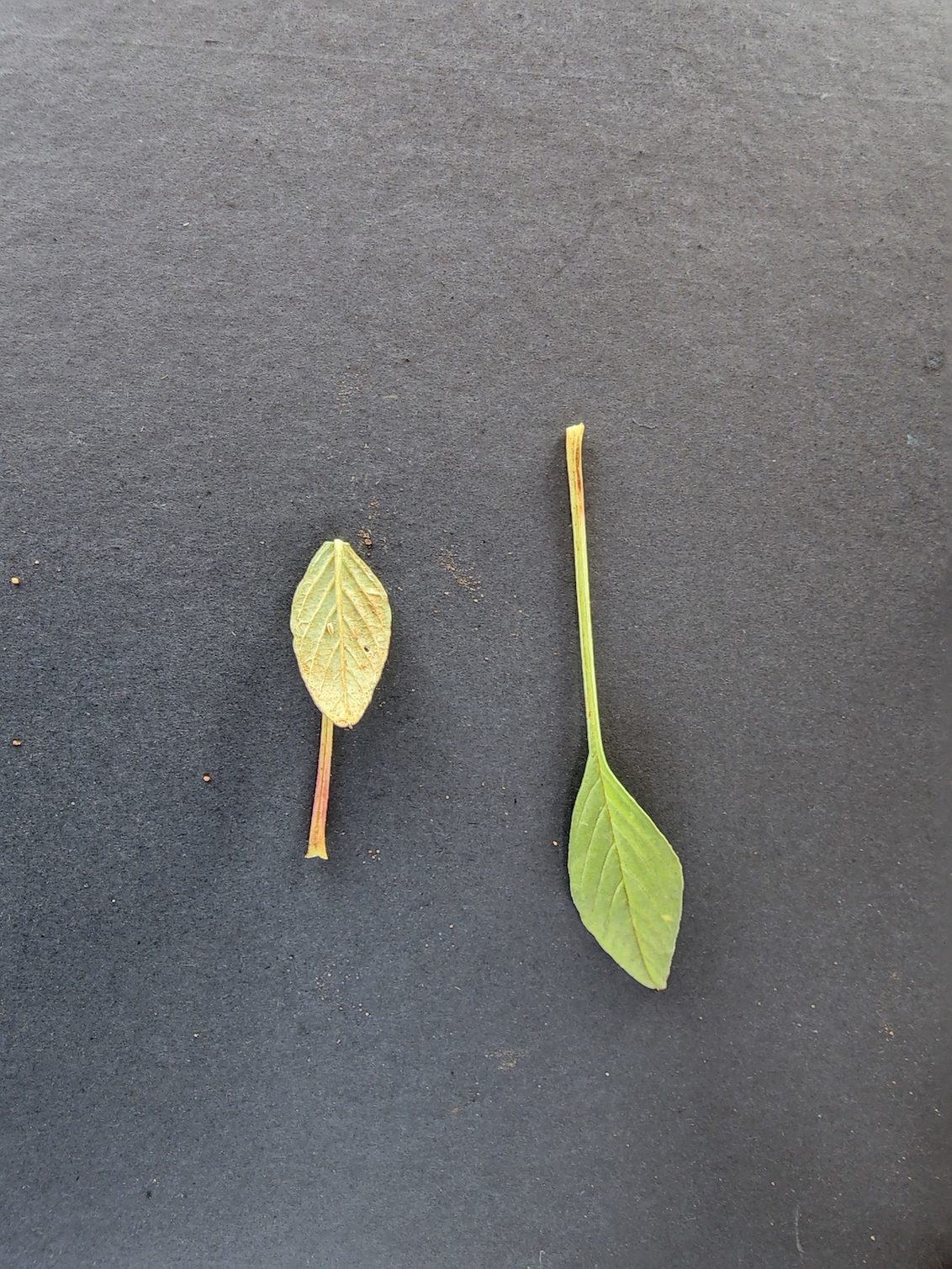
Palmer amaranth is a weed that crop growers loathe because its biology and resistance to herbicides render it extremely difficult to control. With the appearance of Amaranthus palmeri, first identified in South Africa in 2018, everything possible must be done to ensure the continued and profitable production of broadleaf crops such as sunflowers, potatoes, soybeans, dry beans, peanuts, cotton and lucerne. Although pigweed is most difficult to control in broadleaf crops, it can also be equally problematic in other row crops, maize included.
Amaranthus palmeri is an aggressive competitor that grows fast and propagates extremely effectively. The weed is dioecious, with separate male and female plants. Under favourable growing conditions it can maintain a growth rate of up to 6cm per day, and it is possible for a single female plant to produce up to 600 000 tiny, easily dispersible seeds. The weed can also reproduce vegetatively through regrowth from stalks left behind in fields.
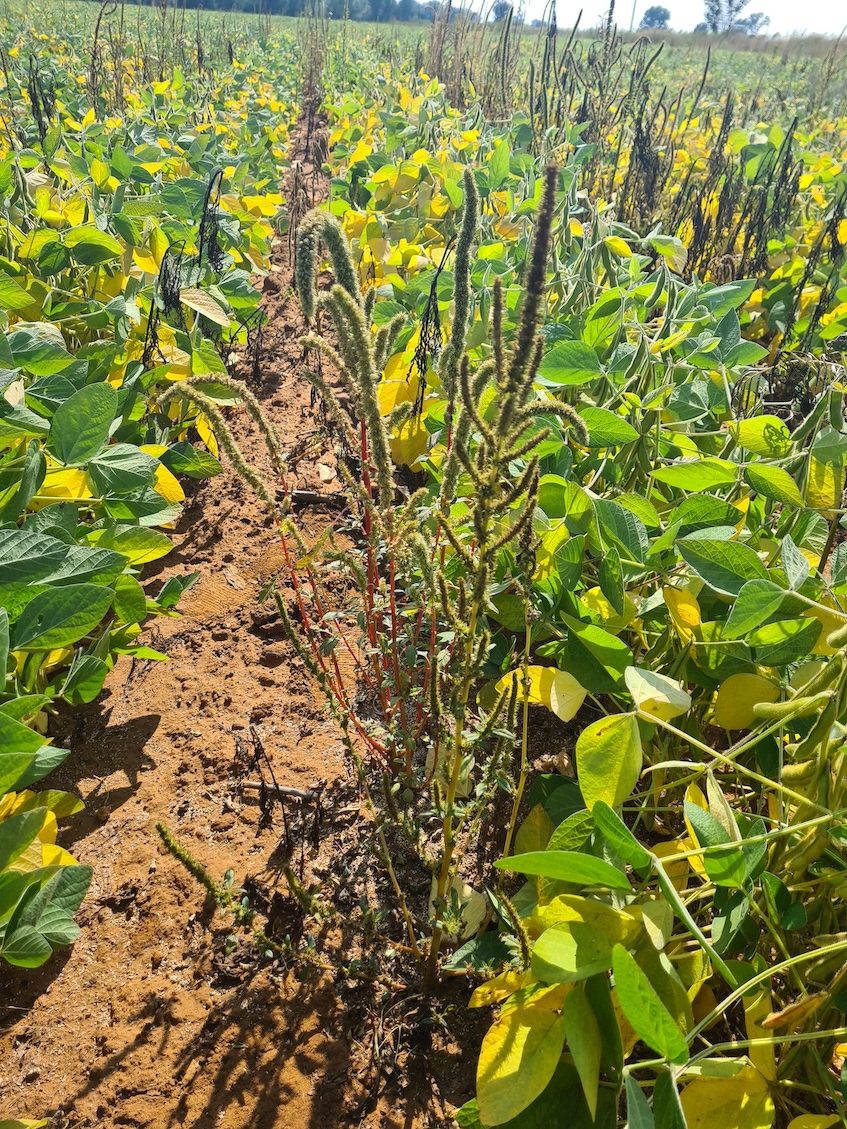
Despite its ability to grow and spread like the proverbial weed, Amaranthus palmeri’s greatest threat lies in the fact that it has acquired proven resistance to more herbicides than any other weed. This means that the chemical options in the battle against this destructive weed are limited.
Herbicide resistance is the inherent ability of a plant to survive and reproduce following exposure to a herbicide dose that would usually be lethal. All weed populations include such individuals; the goal is to prevent them from gaining the upper hand. This is mainly achieved through correct application practices that take tillage, weather conditions and the right product at the right time into consideration. Ineffective application fuels the natural resistance of individual weeds.
Amaranthus palmeri’s resistance to nine of the 17 herbicide groups has been confirmed internationally. In South Africa, resistance to groups 2 and 9 has already been reported, as well as reduced sensitivity of several other active ingredients. In the local context, glyphosate resistance is the biggest concern. This does not mean, however, that growers face a hopeless situation.
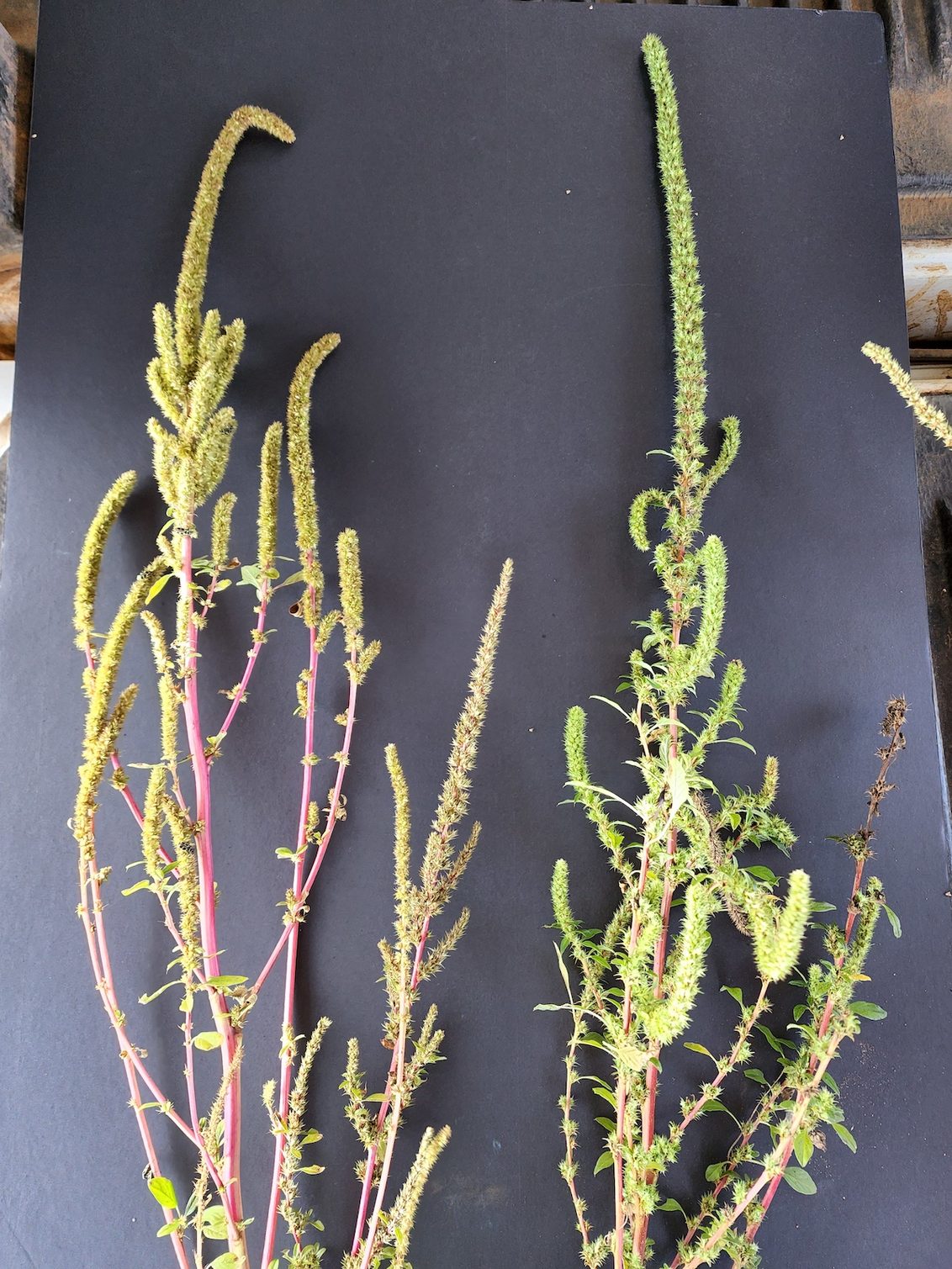
The answer lies in a holistic and integrated approach. Such a programme must include the sanitation of all implements, equipment, clothing and shoes by washing everything in one central spot. The run-off must be captured and, once the water has evaporated, the debris must be burned. Deep cultivation is recommended for fields already infested, whereafter the plants must be removed from the field and burned to prevent regrowth. It is furthermore important that growers control all Amaranthus species in and around their fields to prevent crosspollination with Amaranthus palmeri. Growers must also at all cost prevent plants from shedding seed and seeds from germinating.
In terms of chemical control, preventive action is of the utmost importance and must entail the correct combinations of pre- and post-emergence herbicides. In this regard, SAHRI (the South African Herbicide Resistance Initiative) is keeping an extremely close eye on developments on the Palmer amaranth front. DNA analyses of populations in different parts of the country are being done, while resistance profiles of others are compiled. Experts also monitor the impact of different herbicide formulations on weed populations.
In 2017, the Weed Science Society of America voted Amaranthus palmeri as the country’s most troublesome weed due to its ability to develop resistance to herbicides and because it is so difficult to control. Despite this, it is possible to control and even eradicate this pest by following a comprehensive strategy that includes the right herbicides and application practices.
